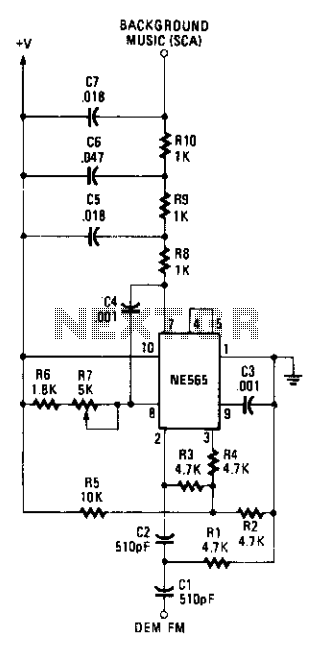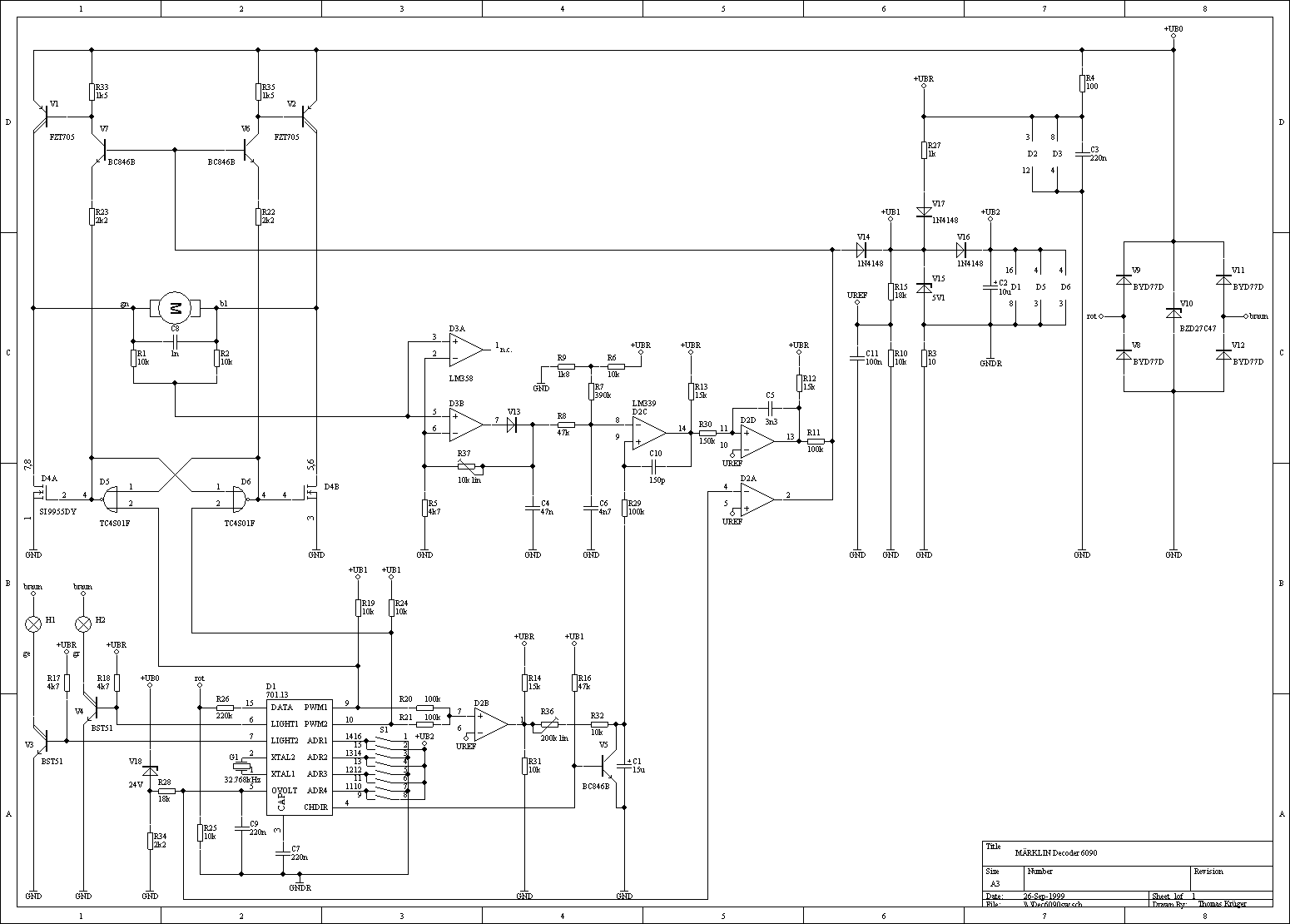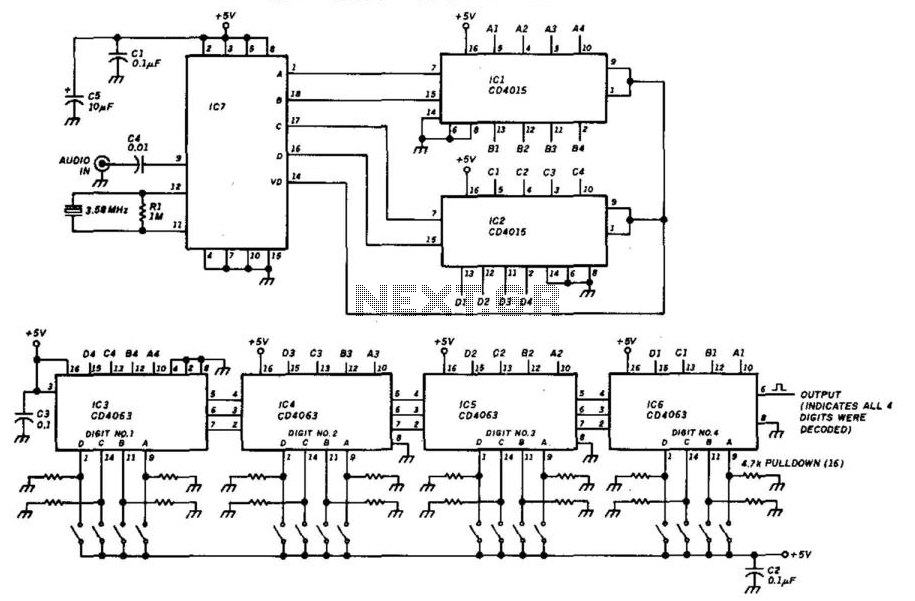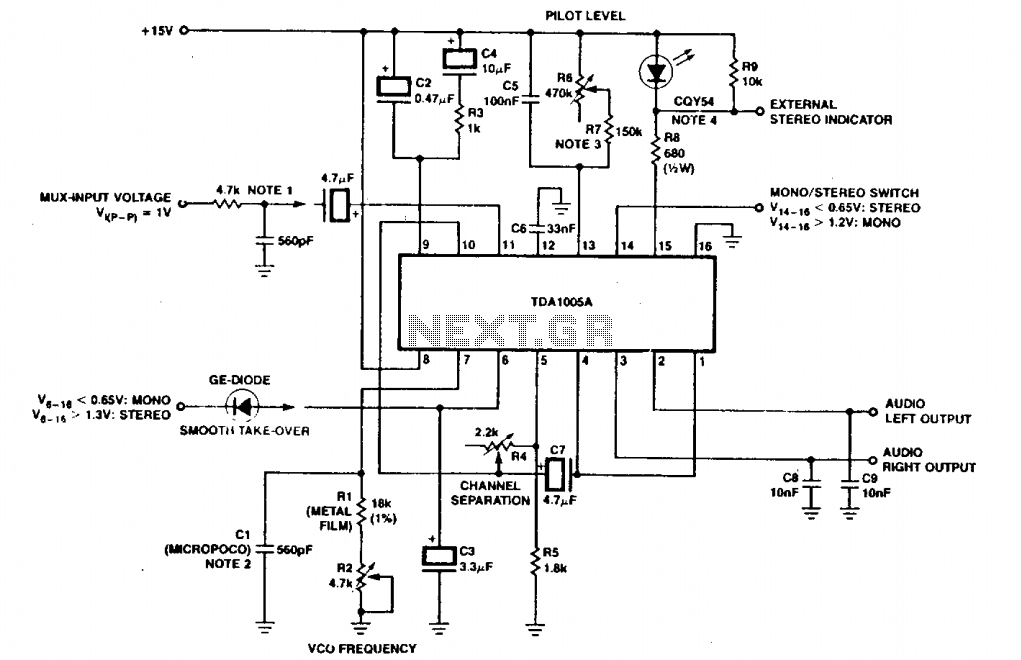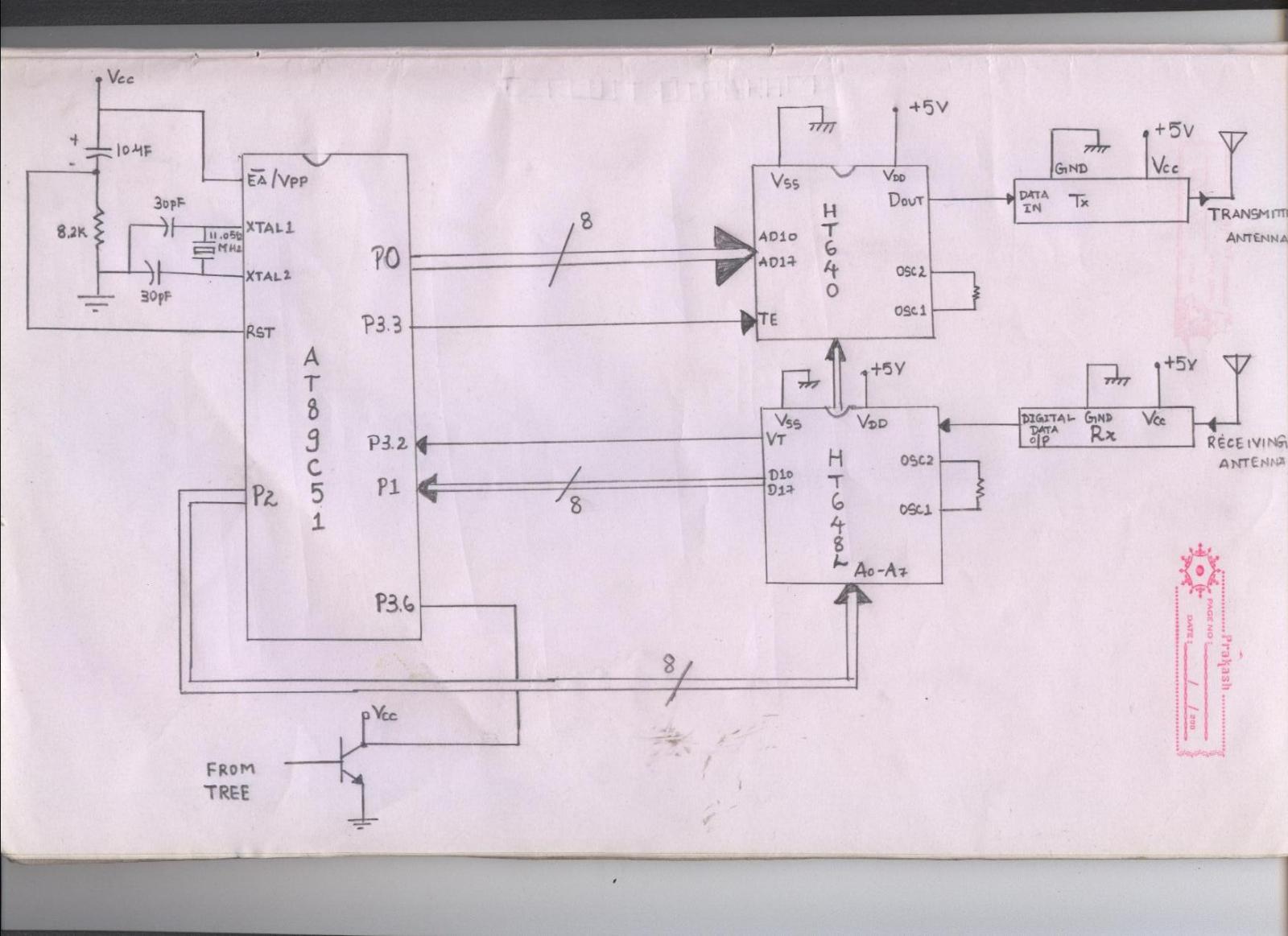
MRC DCC Decoder
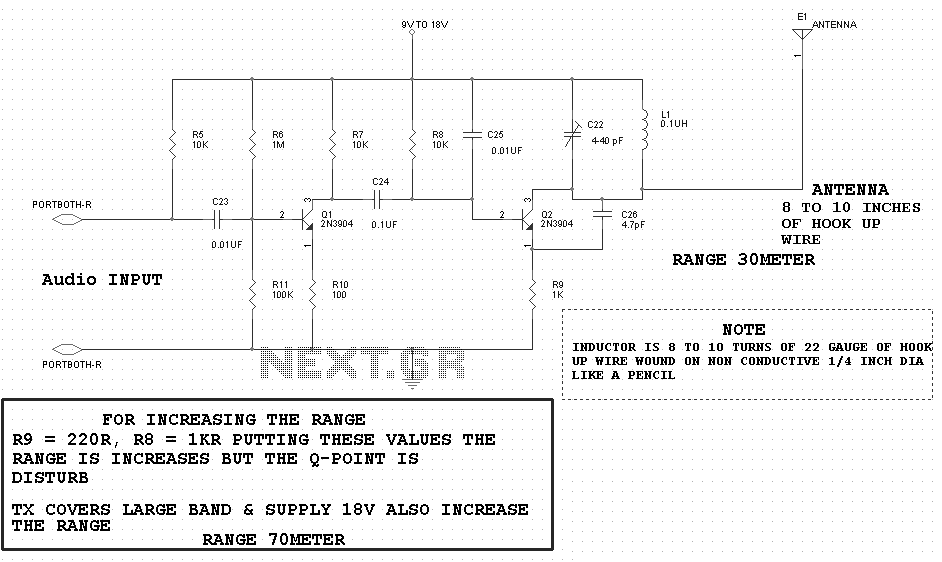
The AD322 is an 8 amp G-Scale DCC decoder. The notes below may be beneficial to owners who wish to understand or repurpose ("hack") the decoder. It has a comprehensive set of functions that could easily be repurposed for various other projects. One modification that comes to mind is to add two reed switches so that magnets on the track can trigger the bell and/or horn. This would be valuable for those who do not have those functions on their DCC Controller. By testing each pin with an oscilloscope, the following information was gathered by cycling through various functions on the board. Note that pin 1 is located in the upper right corner in the photo, next to the small round dimple. Pins are counted 1-10 from right to left for the top row and 11-20 from left to right across the bottom.
The AD322 DCC decoder is designed for G-Scale model trains, facilitating digital control over locomotive functions. It operates at a maximum current of 8 amps, making it suitable for powering larger models. The decoder supports multiple functions, including sound, lighting, and motor control, enabling intricate operation and customization of model trains.
For users interested in enhancing the functionality of the AD322, the addition of reed switches is a practical modification. These switches can be activated by magnets placed on the track, allowing for the triggering of sound functions such as bells or horns without the need for a DCC controller that supports these features. This modification can significantly enhance the realism of train operations, especially in layouts where sound effects are desired but not supported by the existing control system.
The pin configuration of the AD322 is essential for users intending to modify or troubleshoot the decoder. Each pin serves a specific function, and understanding their roles is crucial for effective repurposing. Pin 1, located in the upper right corner, is a reference point for counting the pins. The top row consists of pins 1 through 10, arranged from right to left, while the bottom row contains pins 11 through 20, arranged from left to right. Utilizing an oscilloscope to test each pin can provide insights into the operational status and functionality of the decoder, allowing users to identify which pins correspond to specific functions.
Overall, the AD322 DCC decoder presents a versatile platform for model train enthusiasts looking to customize their layouts, offering opportunities for both functional enhancement and creative modifications.The AD322 is an 8 amp G-Scale DCC decoder. The notes below may be of benefit to owners who wish to understand or repurpose ("hack") the decoder. It has a rather full set of functions that could easily be repurposed for a number of other projects.
One modification that comes to mind is to add two reed switches so that magnets on the track can trigg er the bell and/or horn. This would be valuable for those who don`t have those functions on their DCC Controller. By testing each pin with an oscilloscope I gleaned the following by cycling through various functions on the board. Note that pin 1 is in the upper right corner in the photo - next to the small round dimple. Pins are counted 1-10 from right to left for the top row and 11-20 from left to right across the bottom.
🔗 External reference
The AD322 DCC decoder is designed for G-Scale model trains, facilitating digital control over locomotive functions. It operates at a maximum current of 8 amps, making it suitable for powering larger models. The decoder supports multiple functions, including sound, lighting, and motor control, enabling intricate operation and customization of model trains.
For users interested in enhancing the functionality of the AD322, the addition of reed switches is a practical modification. These switches can be activated by magnets placed on the track, allowing for the triggering of sound functions such as bells or horns without the need for a DCC controller that supports these features. This modification can significantly enhance the realism of train operations, especially in layouts where sound effects are desired but not supported by the existing control system.
The pin configuration of the AD322 is essential for users intending to modify or troubleshoot the decoder. Each pin serves a specific function, and understanding their roles is crucial for effective repurposing. Pin 1, located in the upper right corner, is a reference point for counting the pins. The top row consists of pins 1 through 10, arranged from right to left, while the bottom row contains pins 11 through 20, arranged from left to right. Utilizing an oscilloscope to test each pin can provide insights into the operational status and functionality of the decoder, allowing users to identify which pins correspond to specific functions.
Overall, the AD322 DCC decoder presents a versatile platform for model train enthusiasts looking to customize their layouts, offering opportunities for both functional enhancement and creative modifications.The AD322 is an 8 amp G-Scale DCC decoder. The notes below may be of benefit to owners who wish to understand or repurpose ("hack") the decoder. It has a rather full set of functions that could easily be repurposed for a number of other projects.
One modification that comes to mind is to add two reed switches so that magnets on the track can trigg er the bell and/or horn. This would be valuable for those who don`t have those functions on their DCC Controller. By testing each pin with an oscilloscope I gleaned the following by cycling through various functions on the board. Note that pin 1 is in the upper right corner in the photo - next to the small round dimple. Pins are counted 1-10 from right to left for the top row and 11-20 from left to right across the bottom.
🔗 External reference
